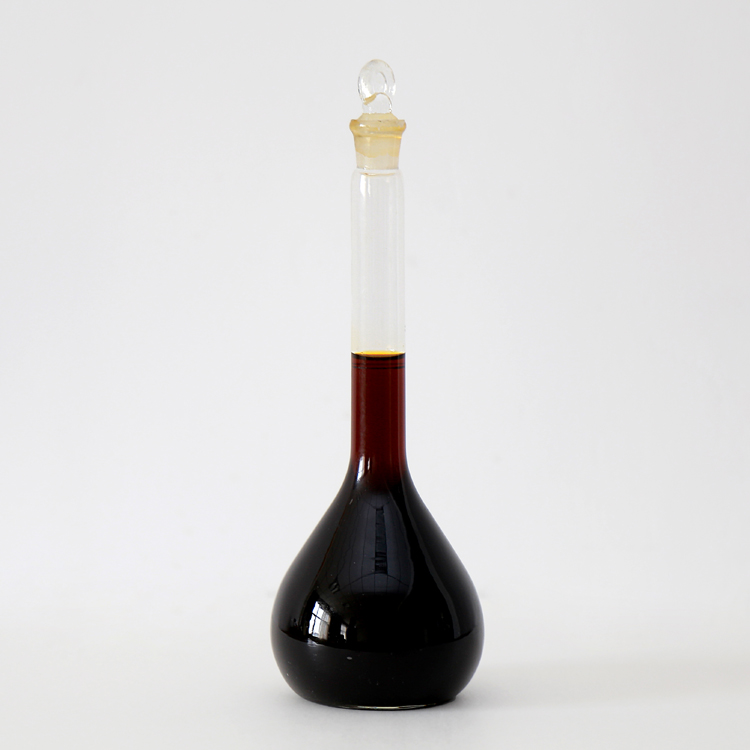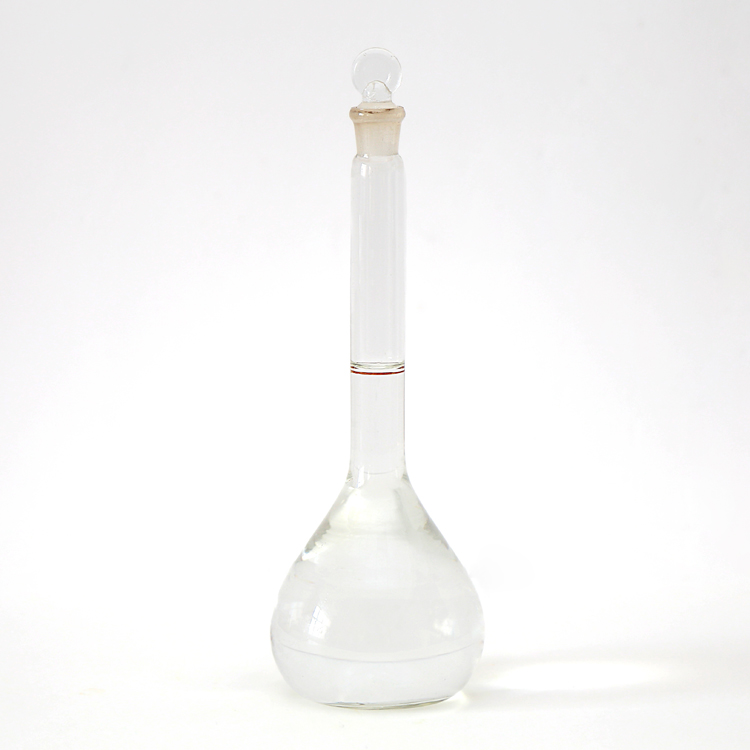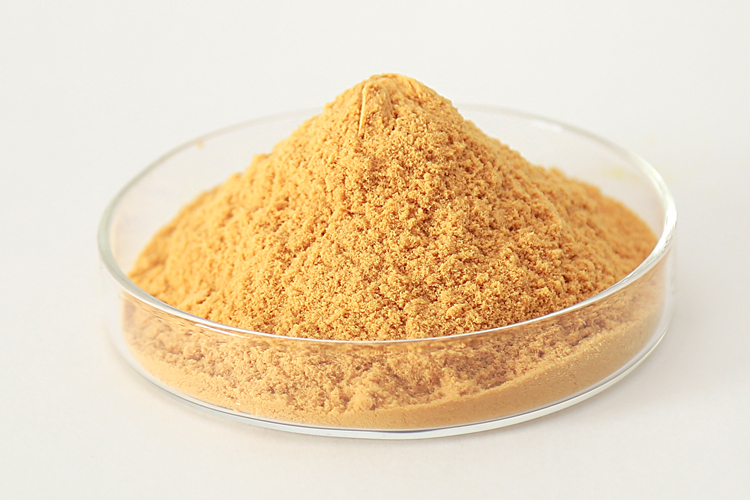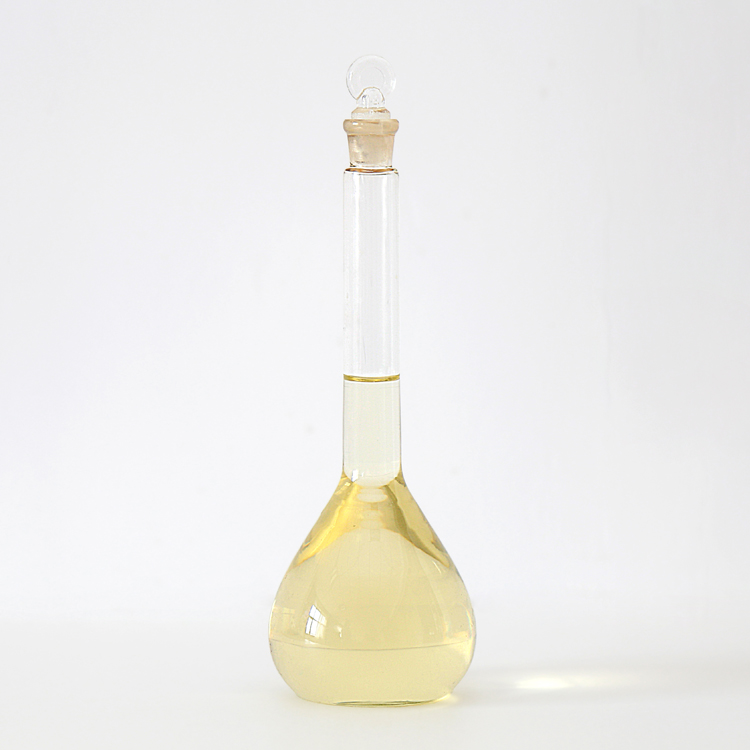
COMPANY NEWS
- Home >> NEWS >> COMPANY NEWS
Product recommendation
Hot News
Contact us
- Tel:+86-0391-3126812
- Phone:+86-15803910375
- Add:The west industrial cluster area of Jiaozuo City, Henan province, China
- E-mail:aefk@aefkchem.com
Effect of polyferric sulfate on cold rolling wastewater treatment
Cold rolling wastewater, together with steel-making and iron making wastewater, constitutes wastewater with high suspended solids, high color, high heavy metals, suspended solids, oil and other pollutants. Compared with other wastewater, it has the characteristics of complex components, serious pollution and high treatment difficulty. The treatment method can be classified to treat cold rolling wastewater, hot rolling wastewater, steel-making wastewater and iron making wastewater separately. Comprehensive treatment can also be carried out, including oil removal, demulsification and suspended solids removal, followed by advanced treatment such as heavy metal ion treatment and COD treatment. So, what is the role of polyferric sulfate in the treatment of steel wastewater?
Taking steel and gas wastewater as an example, its SS content is as high as 1000 ~ 3000mg/l, and most of it is acidic. The use of lime + polyferric sulfate can neutralize and regulate this kind of wastewater and remove suspended solids in the water.
Secondly, a large number of heavy metal ions and COD substances in the water seriously pollute the environment. When using polyferric sulfate, the COD de creation rate can reach 92%, making the residual rate of heavy metal ions almost zero. In addition, it can treat a small amount of floating oil and a large amount of emulsions left in the water after oil scraping and recovery of high chromaticity and high oil quality steel wastewater. Its decolorization rate is as high as 89%.
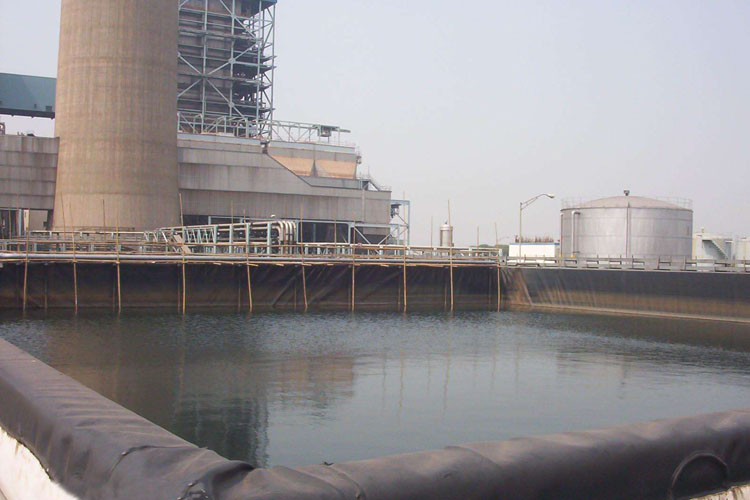
The main pollutants of cold rolling wastewater are oil slick, emulsion and SS. It is necessary to remove the emulsion and oil first. During treatment, the oil scraper can be used to remove most of the floating oil in the oil separator, recover the waste oil, and then add demulsifier for demulsification, or electrolytic method and ultrafiltration method for demulsification. In the process of treatment, the waste acid and chromic acid can be recycled. In addition, the suspended substances in the water can be removed by coagulation method, and the sludge can be dewatered to control the effluent quality and the harm of pollutants to the environment. The hot rolling wastewater is treated by different treatment processes composed of oil removal, filtration, sedimentation and other methods with different water quality.
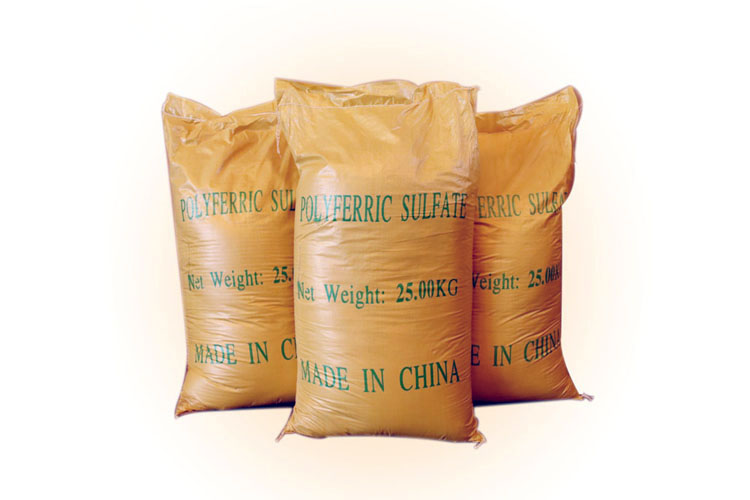
The steel rolling wastewater containing acid or alkali needs to be adjusted first, while the wastewater containing a large number of heavy metal ions and suspended solids can be treated by coagulation. The cold rolling wastewater is a negatively charged colloidal dispersion system, and the dissolution of polymer ferric sulfate in water will generate a large number of cations, which can be electrically neutralized with the negatively charged colloids in water, so that the suspended colloids collide with each other, adsorb and coagulate. Secondly, under the action of Brownian motion and the light weight of suspended solids, it is difficult or relatively slow for them to settle at the bottom of the water. The polymer polynuclear complex formed by polyferric sulfate and other powerful flocculating colloids can quickly adsorb the suspended solids in the water, so that the fine suspended solids can quickly coagulate and precipitate. Using polyferric sulfate and lime for treatment, the removal rate of COD and chromaticity in water can reach 92% and 89%, respectively. It has obvious removal effect on the removal of pollutants in water.
Thank you for your attentionHenan aierfuke Chemical Co., Ltd:Focus on water treatment, only for the healthy world! Our company is committed toPolyaluminium chloride、Polyferric sulfateThe R & D, manufacturing and sales of series of water purification materials are willing to create success with our customers and friends.
 Chinese
Chinese English
English Russia
Russia


